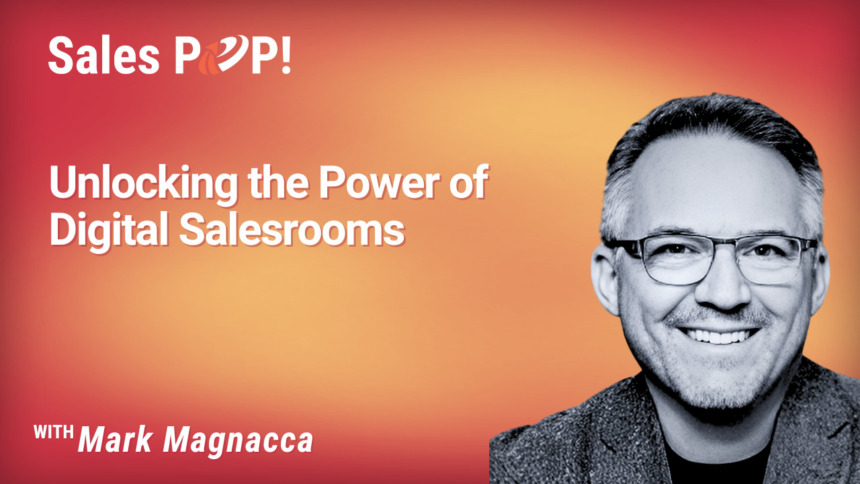In another article here on the blog, Travis Jamison delved into marketing trends this year that are vital for ecommerce site owners to understand. A big part of it points to leveraging technologies like chatbots, search engine optimization, and social media storefronts to address customer pain points and extend the reach of your marketing and sales efforts. It goes to show how important it is to adopt the right innovations that can take your ecommerce business to the next level.
This time, the focus is on another powerful innovation – data development platforms, and how they can contribute to the scaling of your ecommerce website.
What are Data Development Platforms?
A data development platform is a set of technologies – both hardware and software – that addresses the data requirements of an organization or individual user. They provide a comprehensive environment for working with data, including integration, storage, processing, analysis, and visualization. They come in different types depending on their main purpose. For instance, a customer data platform is built primarily to handle data focused on your customers. Meanwhile, a data analytics platform may be set up to host various analytics tools and programs such that their features may be accessed in one place. Analytics also come in different forms, like marketing analytics which was previously tackled here on SalesPOP!. There are three methods: descriptive, predictive, and prescriptive, all of which may use their own tools. This is why it can be beneficial to use one platform that lets you use what you need efficiently.
Data development platforms can be partially or fully managed. The latter means admin tasks are handled by the provider. The widely used platform MongoDB is a notable example, as transactional, search, and analytical workloads are managed by this particular software. It takes a considerable amount of work out of your hands as there is no need to do things like deploying patches and installing security updates. Data development platforms may also be integrated with cloud providers like Google Cloud, which maximizes the online capabilities of the hosted applications. These tools actually became more popular after a boom in ecommerce during the COVID pandemic, because many ecommerce entrepreneurs face data silo issues. This kind of business deals with a multitude of data types, such as product data, customer data, etc. Having a data platform as a main portal for managing business information saves many owners a lot of headaches.
That barely scratches the surface of what data development platforms can do for your business. Below are some of the ways how they can help you scale your ecommerce website.
Customer Segmentation
A data development platform may be used to analyze customer data and identify patterns, preferences, and behavior. By segmenting customers based on demographics, purchase history, browsing behavior, and other relevant factors, ecommerce businesses can create targeted campaigns. Marketing resource portal CustomerThink notes that this enables you to create personalized product recommendations, tailored promotions, and more effective sales strategies, resulting in improved customer engagement and conversion rates.
More Effective Campaign Tracking
With a data development platform, ecommerce businesses can track and analyze the performance of marketing campaigns in real-time. By integrating data from various marketing channels, such as email, social media, paid ads, and website analytics, the platform can provide insights into which campaigns are driving the most sales and customer engagement. This allows you to optimize your campaigns, allocate resources effectively, and make data-driven decisions to maximize ROI and propel growth.
Optimized Conversion, Pricing, and Product Modeling
A data development platform can help identify bottlenecks and improve a customer’s journey on your ecommerce site. By analyzing user behavior data, such as clickstreams, cart abandonment rates, and page visit duration, the platform can pinpoint areas of friction or confusion in the sales funnel. You can then implement targeted improvements, such as website layout changes, streamlined checkout processes, or personalized messaging, to enhance the conversion rate and overall sales performance.
The same is true for pricing, as your platform may be used to analyze market trends, competitor rates, customer buying patterns, and other relevant factors to optimize pricing strategies. This will help you to dynamically adjust prices, create targeted promotions, and increase profit margins.
A data development platform improves product data modeling as well, as it enables the integration of product data from various sources, such as databases, APIs, spreadsheets, or external systems. Our post on ‘What You Need to Know About eCommerce Product Data Modeling’ details how critical it is to organize the needed information for this process. Improper attribution can cause issues in pricing and product monitoring that may seriously hinder your efforts to scale. By having a centralized destination for the flow of information, you can aggregate and combine the output from multiple channels or departments, ensuring a unified and comprehensive view of product data.
Improved Inventory Management and Sales Processes
A data development platform can provide insights into inventory levels, demand patterns, and product performance. Ecommerce businesses can optimize their inventory levels, anticipate demand fluctuations, and avoid stockouts or overstock situations. This improves operational efficiency, reduces costs, and enhances customer satisfaction by ensuring product availability.
The platform can also centralize and streamline sales data, providing marketers and sales professionals with a unified view of customer interactions, orders, and sales performance. This allows for better revenue forecasting and order management. You can use this data to improve your sales funnel and enhance the overall efficiency of your ecommerce operations. By streamlining sales processes, your business can handle increased order volumes, improve order fulfillment, and deliver an exceptional customer experience. All of this enables you to scale your business better and faster.
Increasing Customer Lifetime Value and Better Customer Relationship Management
A data development platform can analyze customer data to calculate customer lifetime value (CLV). The term represents the revenue a customer is likely to generate over their entire relationship with the business. By segmenting customers based on their CLV, you can streamline your marketing efforts, invest in customer retention strategies, and allocate resources to acquire high-value customers. This ultimately boosts revenue and profitability.
Similarly, a platform integrated with a robust customer relationship management (CRM) system enables sales professionals to track and manage customer interactions, order history, and preferences. It lets you nurture customer relationships through personalized communication, timely follow-ups, and tailored recommendations. This not only increases customer satisfaction and loyalty but also drives repeat purchases and encourages positive word-of-mouth referrals, contributing to the scalability and long-term success of your ecommerce website.
Final Thoughts
By leveraging the capabilities of a data development platform in marketing and sales, you can enhance customer experiences, drive revenue growth, and effectively scale your operations. Embracing data-driven approaches empowers you to make informed decisions and achieve remarkable success in the dynamic ecommerce industry.








